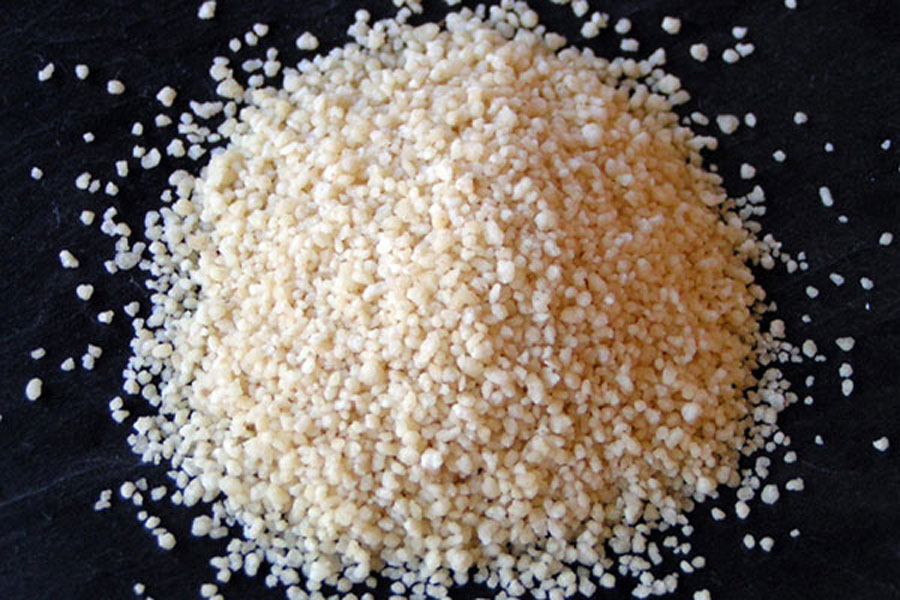Other Names:Cuscus
|
Region:Its origin is Northern African but is used in many Italian dishes and is available throughout Italy. |
Made with:Manufactured is made with water and durum wheat. It used to be made by hand by rolling small bits of dough through as a special screen and still is in some Northern African countries. |
About:A useful pasta for soups and in salads to bulk them up. Tabbouleh is a Middle Eastern vegetarian dish (sometimes considered a salad traditionally made of tomatoes, finely chopped parsley, mint, bulgur, and onion, and seasoned with olive oil, lemon juice, and salt. Some variations add garlic or lettuce and substitute couscous for bulgur. Source Wikipedia Unfortunately, no one can definitively tell you the origin of couscous at this time. While much is known about its history and spread, pinpointing its exact origin remains a topic of debate among food historians. Main Contenders for Origin are the Berbers of North Africa: The most widely accepted theory credits the Berbers of North Africa (present-day Morocco, Algeria, Tunisia, and Libya) with creating couscous. Evidence includes: The Berber word “seksou” refers to well-rolled or well-formed grains, aligning with the process of making couscous. Archaeological evidence suggests a presence of couscous-like dishes in the region dating back to the 2nd century AD. Sicily: Some argue that couscous might have originated in Sicily during the reign of the Muslim caliphates between the 9th and 11th centuries. However, supporting evidence for this specific origin is limited. Regardless of its exact birthplace, couscous likely emerged sometime between the 11th and 12th centuries. By the 13th century, couscous was documented in various Arabic cookbooks and spread throughout North Africa, the Middle East, and parts of Europe through trade and conquest. |
||
Source:
|
Photo Credit: Bill Rubino |
